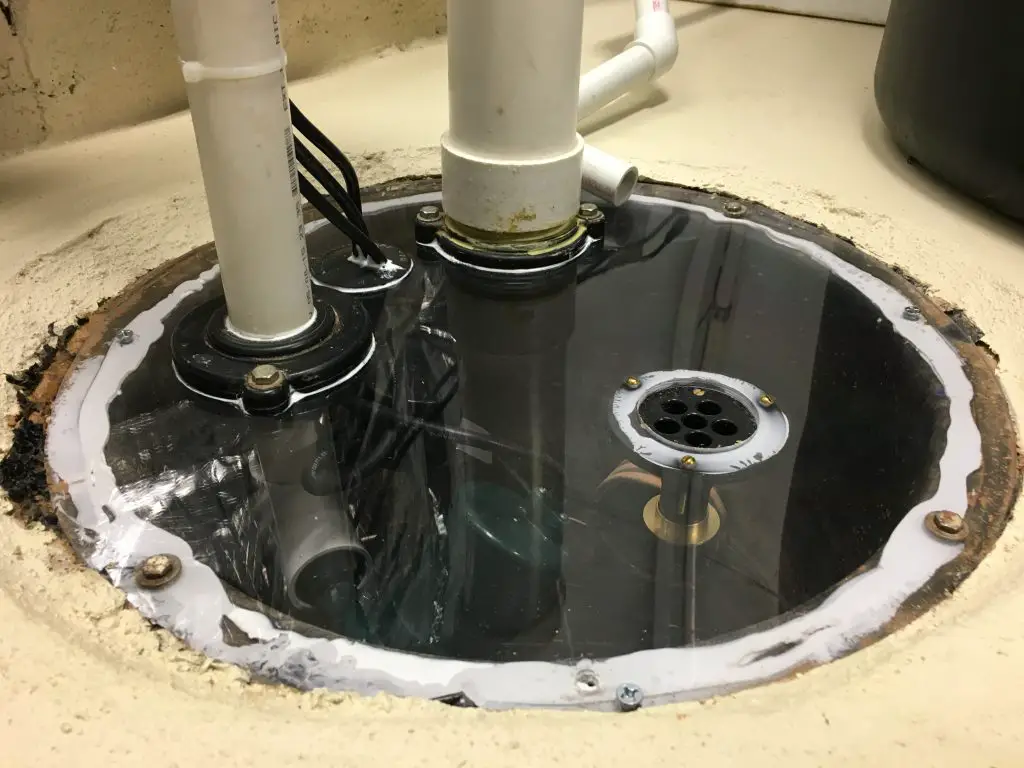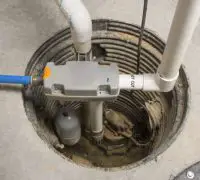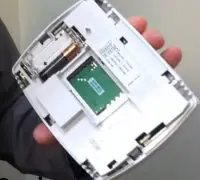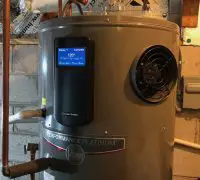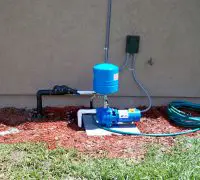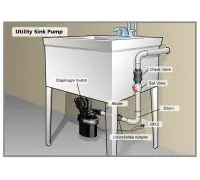Sump pumps are made to eliminate excess water in your home. There are several types to choose from, and they all ensure that the water remains below a pre-set level. This way, mold and moisture don’t develop nor damage your basement and even the entire house.
Even if pumps are excellent in eliminating water from the basement, take into account that they need a gas-tight lid to reduce the risk of moisture and radon seepage into your house.
Page Table of Contents
Why is the sump pump cover necessary?

The sump pump cover doesn’t just cover the sump pit but has several roles:
It keeps the sump safe and clean
A sump pump cover will stop junk from falling into it and keep dirt and debris out too. Once the cover is installed, solid objects won’t fall into the sump anymore, allowing the pump to work correctly. With children and pets interested in the basement, you should protect them by sealing the sump pump with a cover.
Controls Odors
Water that collects in the sump basin becomes nasty and generates a musty, unpleasant odor. If the sump pump is sealed with a cover, the foul smell will no longer get into the basement and, from there, travel inside the house.
Reduces risk of dampness
During the summer, the water inside the sump will evaporate and condense on the basement walls and ceiling mold and mildew will develop. A sealed sump pump will block mold and moisture from entering the basement.
It keeps insects at bay
Grasshoppers, beetles, mosquitos, and beetles are insects that grow in stagnant water. If the pump is sealed, the insects won’t grow and reside in a moist place.
Reduces the noise
The sump pump can get noisy and a cover can block that operating noise. The sound won’t get inside the house anymore.
Controls Radon Gas
Radon is an odorless and colorless toxic gas that resides in the soil. Radon can quickly get inside the basement and rise out of the drain. With a cover, radon gas won’t get inside the sump and the basement.
Where to buy a sump pump cover?
Standard covers are available for most sumps, but you can make one with rubber gaskets and plywood. Drill holes for the exposed cables and pipes and seek that it’s easy to remove the cover for future maintenance and evaluation.
If the pump runs on electricity, search for a battery backup for emergencies. If the storm causes a power outage, the pump will stop working and fill the basement with water. The price for a battery is affordable and installation isn’t complex.
All sump pumps should have a gas-tight removable cover for some time now. Energy Star Certified Homes requires that the lid be mechanically attached and the sump in the basement be installed with a complete gasket seal.
How to make your sump pump cover?
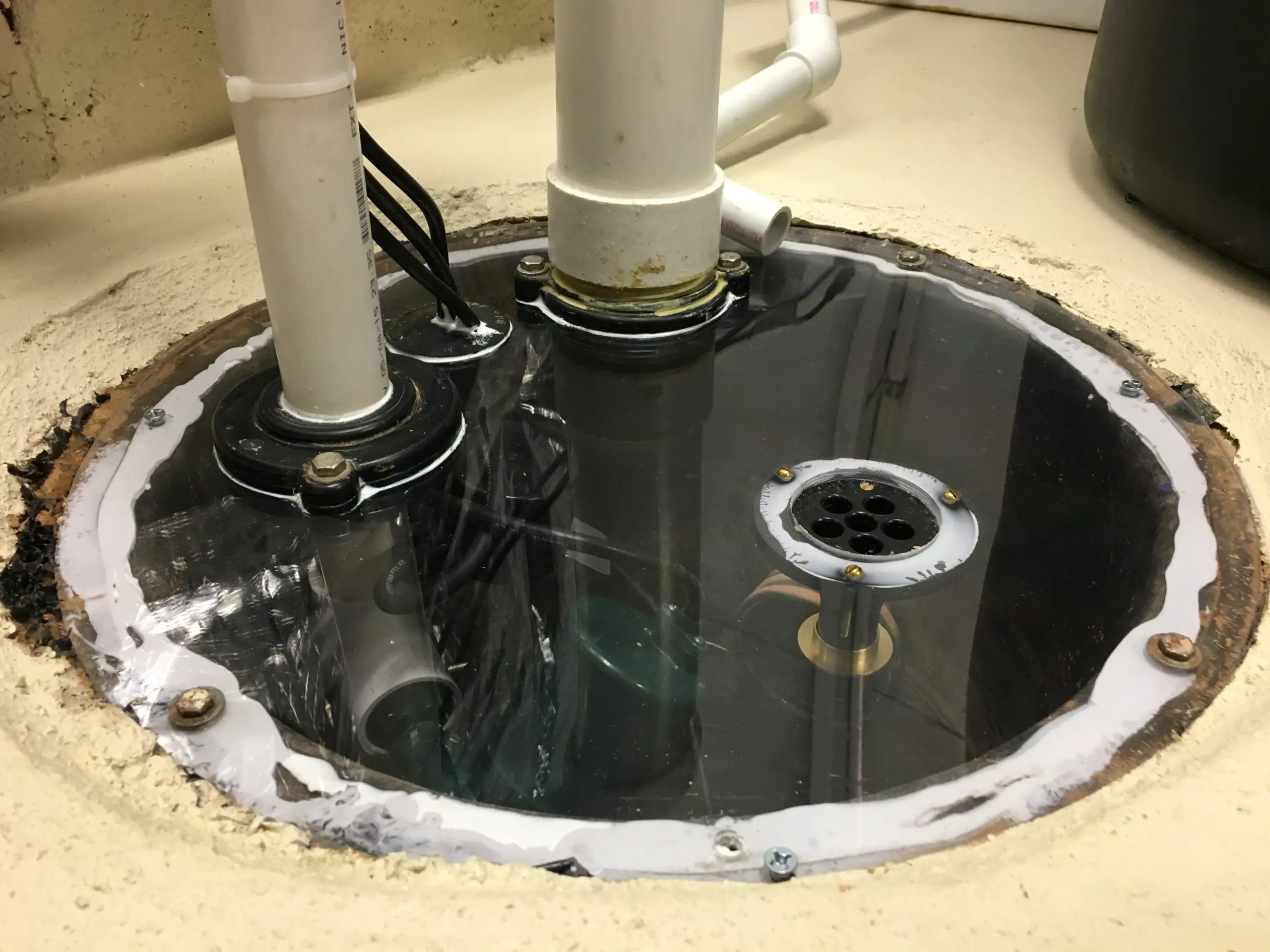
You will need a piece of 3/4″plywood–see that it has no voids. If there are voids on the surface veneer, you need to putty and sand them to obtain a clean, smooth surface. You have to do this step because the sump cover has to seal tightly against the concrete floor in the basement.
Use some latex painter’s caulking to seal the edges of the sump cover; coat both sides with several coats of heavy-duty latex paint. This way, you will reduce the risk of water damage, radon seepage and expand its durability.
It depends on the sump pump, but typically you will need to make several holes in the cover:
- the electrical line
- the drain line going out
- the vent for radon gas
How to get the best out of the sump pump cover?
When you search online to see how a sump pit can be covered, you will notice that some rules on the installation are crucial to follow.
- You have to connect the pump according to the manufacturer’s specifications so that the float isn’t blocked in any way. You need to test it to operate correctly and remove water as expected.
- The pump should come with a tight-fitting cover that seals the whole surface of the vault or crock. Covers are made of long-lasting plastic or rigid materials as they should create airtight sealing with a built-in gasket. Pricing may vary and you can contact professionals for further recommendations and installation services.
- Use screws or other mechanical methods to fasten the lid in place. You need to have a tight contact between the gasket, the lid, and the crock’s rim. Even if the sump is covered, you should still be able to inspect the conditions in the sump pit whenever necessary. If installed in a concrete slab, there should be a caulk around the edge of the vault (where it touches the concrete). On the other hand, if you install the sump in a crawlspace with a floor with a polyethylene vapor barrier, see if the polyethylene covers the ground around the pump. Also, tape it to the vault’s rim.
